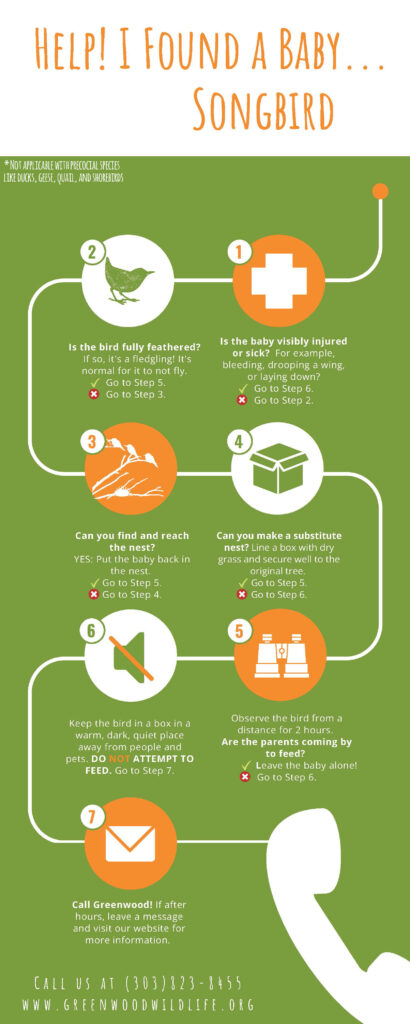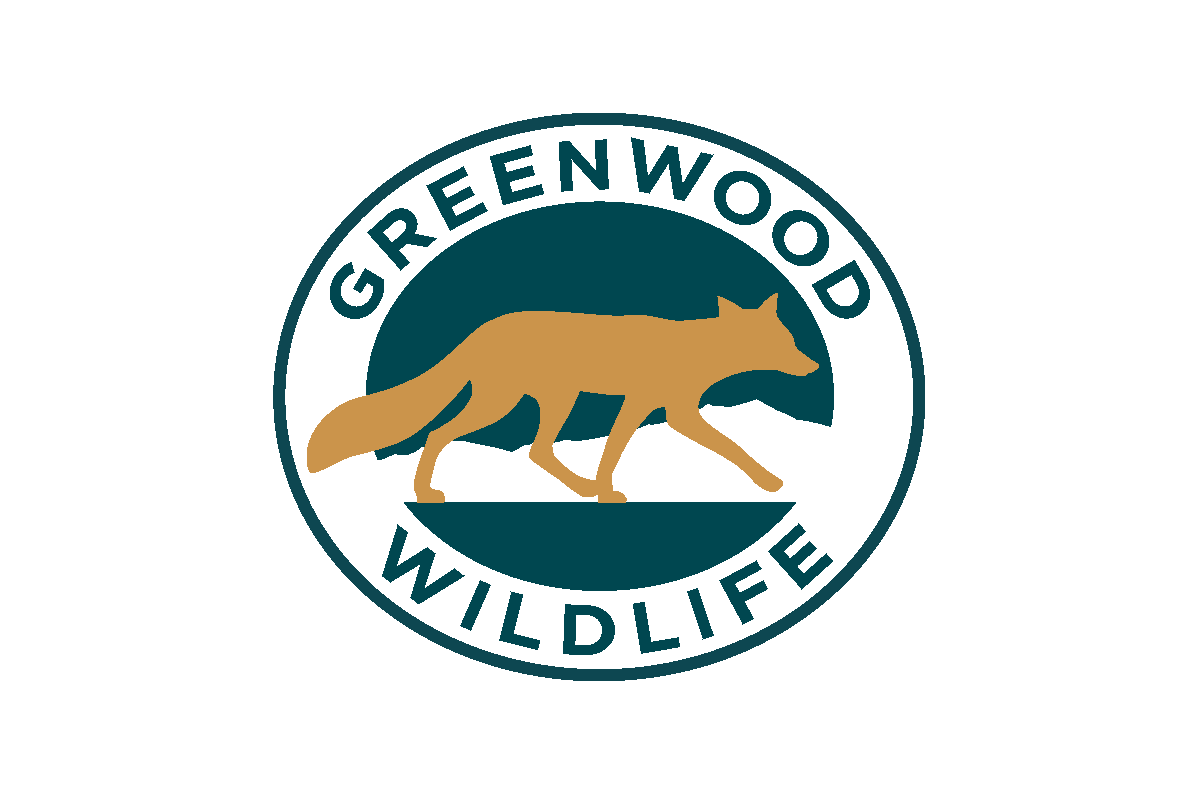*this information does not apply to waterfowl and shorebirds*
Birds don’t abandon their young often. That is why it is important for people that are concerned about a baby bird to attempt to reunite it with it’s mother first. Mom bird knows exactly how to raise her babies so that they thrive in the wild.
If the bird is bleeding, caught by a pet, or cold it might need to be brought to Greenwood. Give us a call any day from 9AM – 4PM at 303-823-8455. Otherwise, there are three important stages in a young bird’s life that will help you better determine if it needs help.
Hatchling
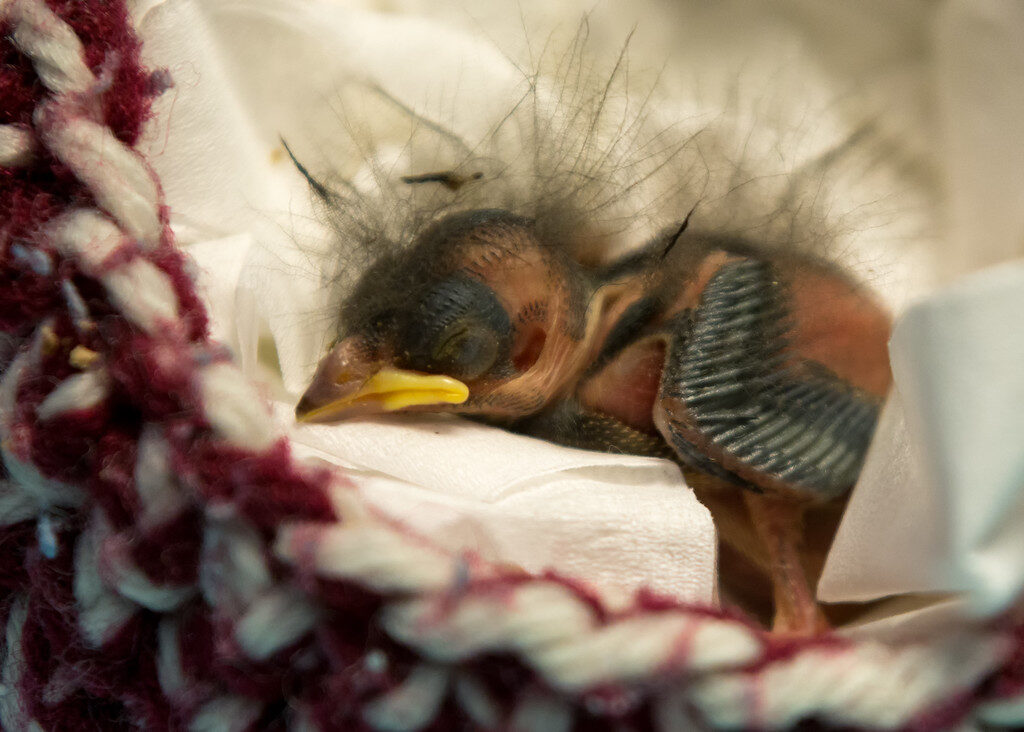
Hatchlings eyes are closed and need their mama for food and warmth. They have no feathers and small tufts of down. If you find one on the ground, return it to its nest immediately.
Nestling
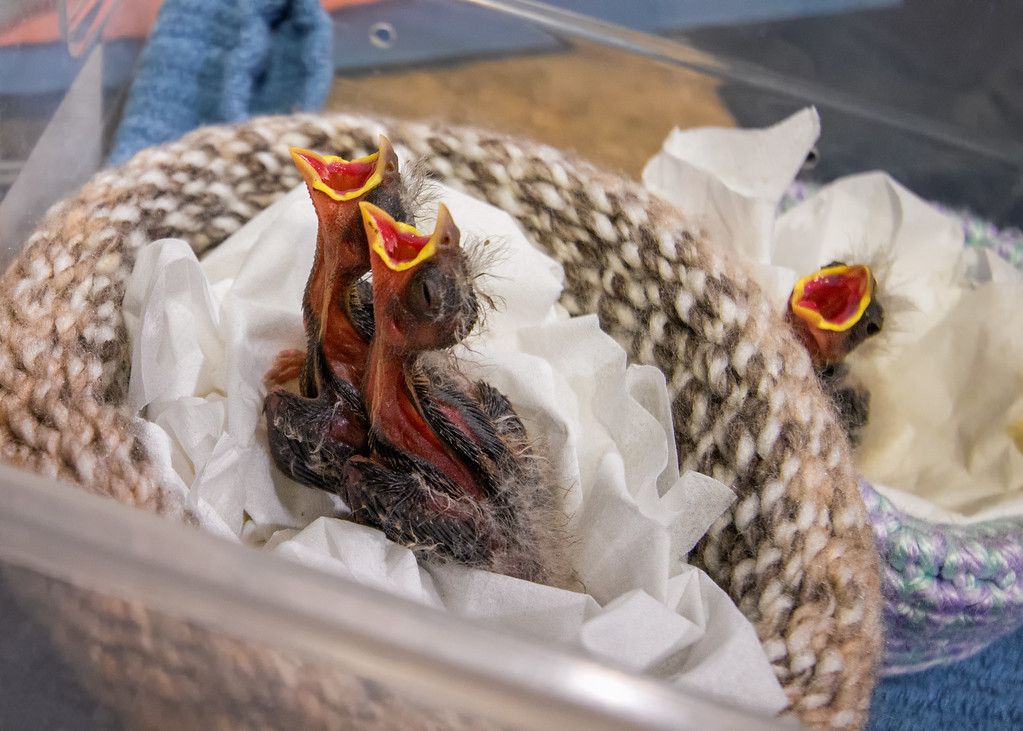
At the nestling stage, babies should not leave the nest. Feathers are starting to develop and tufts of down poke out. They are rather small but their eyes are open. These babies should be in the nest and cannot yet fly. If you find a nestling on the ground, return it to its nest.
Fledgling
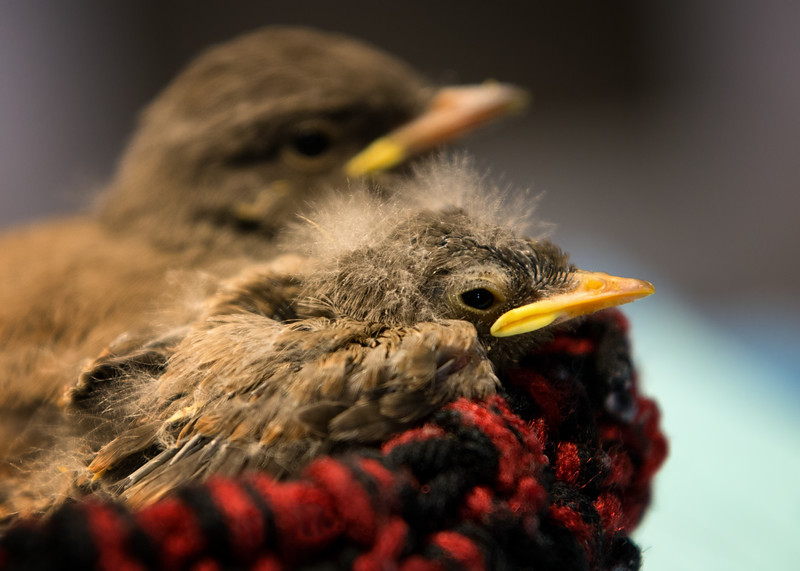
Fledglings look a lot more like adults. They are feathered but might have a few down feathers still poking out here and there on their head. They are starting to spread their wings and practice using their flight muscles. You might find them hopping around on the ground as they figure out how to use their wings. Do not intervene with fledglings. Give them time to learn how to fly.
Use this infographic to help guide you.
